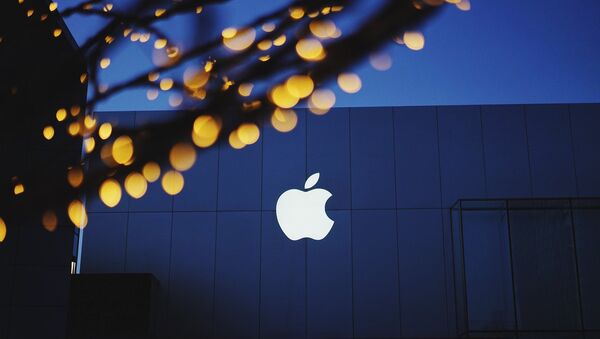Making iPhones in India has long been a dream of Apple's. The company attempted to persuade the Indian government to provide exclusive tax breaks but officials resisted the demand, saying the measure would make numerous tech companies from China ask for the same treatment.
"Several companies in India are manufacturing mobile phones in India. Nobody is asking for additional incentives. Currently, the government provides sufficient support to boost electronic manufacturing," Sputnik reported a senior Indian official in an interview in December 2016.
Toward the end of January, newly sworn-in President of the United States Donald Trump stated that he had had a phone conversation with Apple CEO Tim Cook in which the former, whose economic and foreign policy is built on bringing production back to the US mainland, promised Cook significant tax breaks should Apple move its production line back home. Trump also said that he would impose heavy tax barriers if Apple used foreign labor.
"I really believe he loves this country and I think he'd like to do something major here," Trump said after talking to Cook. "And I told him, I said, 'Tim, it's going to be a big achievement the day you start building some of your big plants in this country instead of other countries.' And I think he's got his eyes open to it."
As Sputnik reported earlier, Apple's production cycle has deep roots in the Chinese economy, with its vast volumes of raw materials, including rare earth metals, as well as abundant and cheap labor, and an army of subcontractors. Moving production to the US will either mean shipping all the components and materials from China, or setting up a new production line. The challenge could be eased by Foxconn, a China-based electronics manufacturer, who seeks to set up production in the United States.
The statement by Karnataka's Kharge arguably appears to be an attempt to pull Apple back to India. Apple has not officially responded to the remarks.
China represents almost one third of Apple revenue, but the company's performance in China is degrading rapidly, as leaner Chinese manufacturers, including Oppo, Vivo, and Huawei, have pushed the American company from its roughly 13 percent share in 2015 to slightly more than 5 percent by the end of 2016, according to the Wall Street Journal.
According to industry observers, Apple has three primary options. Losing the Chinese market could mean the loss of roughly one-third of Apple's global sales. But losing the US market could cut almost half of the company's revenue, according to statistics from Statista.com. Will Apple risk being banned by the current US administration via over-the-top tax regulations in favor of a not-yet-fully-covered Asian market, or will Kharge's expectations to see brand new Apple factories by the end of April remain wishful thinking? We have just two months to wait for an answer.




